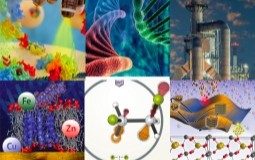How Science Is Fixing Recycling's Grossest Problem
Polypropylene recycling has a problem: It stinks. Food and other residues are almost impossible to remove entirely from polypropylene, a.k.a the number “5” plastic of grocery-store fame. Those residues – anything from yogurt to garlic, from fish oil to baby food – not only stick to polypropylene, they degrade there and start to smell even worse! Current polypropylene recycling techniques are more down-cycling than recycling. Unless you break down its molecules through a highly energy-intensive refining process, the material can only get a second life as a black trash can or an underground pipe – wherever its smell doesn’t matter. But a new technique, called dissolution recycling, is changing all that. Dissolution recycling uses a special hydrocarbon polymer solvent under finely controlled conditions of temperature and pressure to eliminate ALL of the contaminants embedded in the plastic.





